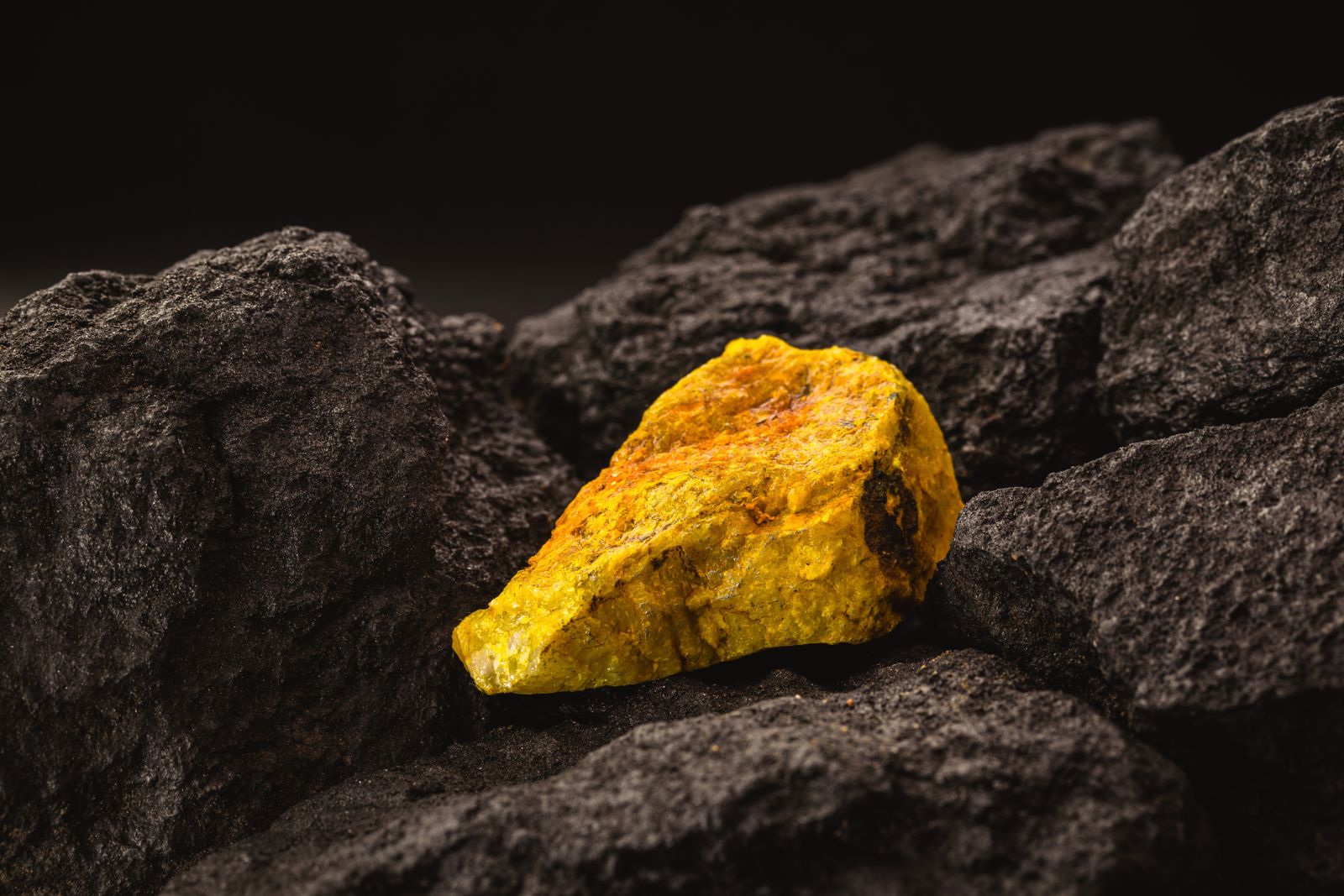
Many people thought the 2011 Fukushima disaster in Japan meant the end of the nuclear industry. Nuclear power was once again a “scary” form of energy. And uranium, the fuel that powers nuclear reactors, became a sleepy backwater in the global commodities market.
But as climate change intensified, governments globally dusted off plans to build new nuclear power plants - an around-the-clock, carbon-free power source. Interest in uranium deposits was rekindled — slowly at first, and then at a much faster pace after Russia invaded Ukraine, as countries searched for alternatives to Russian energy.
Today, there are 61 nuclear power plants under construction globally, with China and India leading the buildout. Another 90 or so are in the planning stages, and more than 300 have been proposed. Some countries are also pushing to re-open old nuclear power plants that had been shuttered years ago.
Red-Hot Uranium
All of this has lit a fire under the price of uranium. Over the past five years, the metal has soared 233%!
Spot prices for uranium are up 50% in the past year, averaging $84 per pound last month and surpassing $100 per pound earlier this year, as demand continues to outstrip supply. This is according to UxC, the nuclear industry’s leading data analytics company.
A new U.S. ban on uranium from Russia will also further tighten supply for utility companies that have nuclear power plants. The U.S. today imports over 90% of the uranium needed to fuel its nuclear fleet, mostly from Canada, Kazakhstan, and Russia, as well as smaller producers, according to the National Mining Association.
A big part of the allure of the uranium business for investors is the sense that supply and demand are out of whack and will remain so. Demand for uranium globally is rising at a significantly faster pace than the mining companies can pull it out of the ground.
By one estimate — from TradeTech, a data provider for the industry — demand could outstrip supply by more than 100 million pounds per year through the 2030s.
The World Nuclear Association is in broad agreement. It expects uranium demand — which was at 65,650 metric tons in 2023 — to reach 83,840 tons by 2030 and up to 130,000 tons by 2040.
In a note to clients in June, Jérémie Peloso, a strategist at BCA Research, said: “The underlying supply-demand fundamentals for uranium are far stronger than those during the 2000s bull market and might actually be the strongest ever.”
The Future Uranium Powerhouse Miner
The excitement over uranium has spilled over into the stock market, sending the stocks of uranium miners soaring. Many of the miners in Canada - soon to be the world’s top uranium producer - have soared more than 400% over the past four years.
There is one mining company that could help alleviate the coming supply crunch in uranium. And it’s not the current industry powerhouse, Cameco (CCJ). Instead, it is NexGen Energy Ltd (NXE).
If successful, NexGen’s uranium project, known as Rook I, will be the largest in the world and is located in Saskatchewan’s rich Athabasca Basin. The $955 million project, awaiting Canadian government approval, is slated to begin operations by early 2029.
It’s a matter of NexGen being at exactly the right spot in Canada at the right time. Mining analysts are calling the mine site a “unicorn.” Estimates are that the NexGen mine will account for, at a minimum, 13% of the entire global supply.
Here are some key characteristics of the Rook I Project:
- 100% of future production is leveraged to future uranium market prices.
- It is undergoing licensing for up to 30 million pounds per year and a 24 year permit, which will account for more than 50% of global western supply of uranium.
- NexGen is using a volume-based contracting approach, referencing spot prices at the time of delivery.
- NexGen’s low AISC (all-in sustaining cost) of $10.69/lb, provides downside protection.
- The company currently holds 2.7 million pounds of uranium, which will act as an insurance policy during the mine commissioning phase.
Some bears are worried that when Rook I comes online, it will push down the price for uranium. However, they are overlooking the fact that the growing supply deficit requires over 5 new Rook I-sized projects to be found, permitted, financed and constructed over the next 20 years.
NexGen’s large 190,000-hectare land package also offers significant opportunities for additional uranium discoveries.
I believe the Rook I Project will receive final government approval either late in 2024 or very early in 2025. It will be a game-changer for the industry and, of course, for NexGen Energy.
NXE stock is up 58.7% over the past year, but only 6% year-to-date. It's a buy below $7.75.








